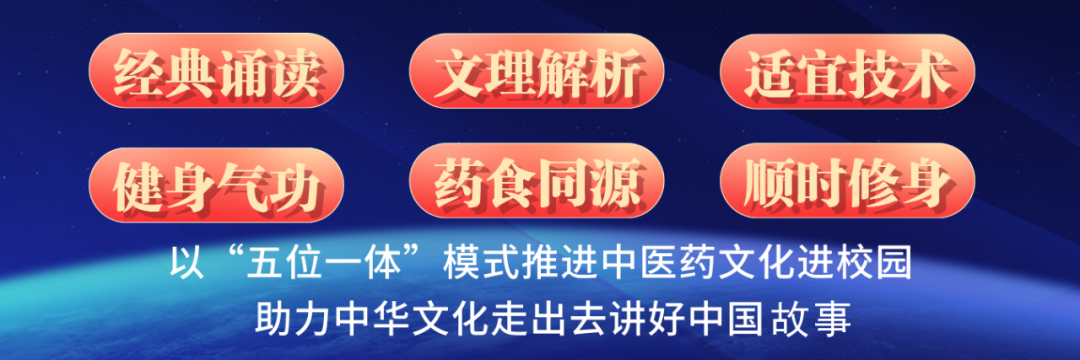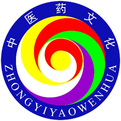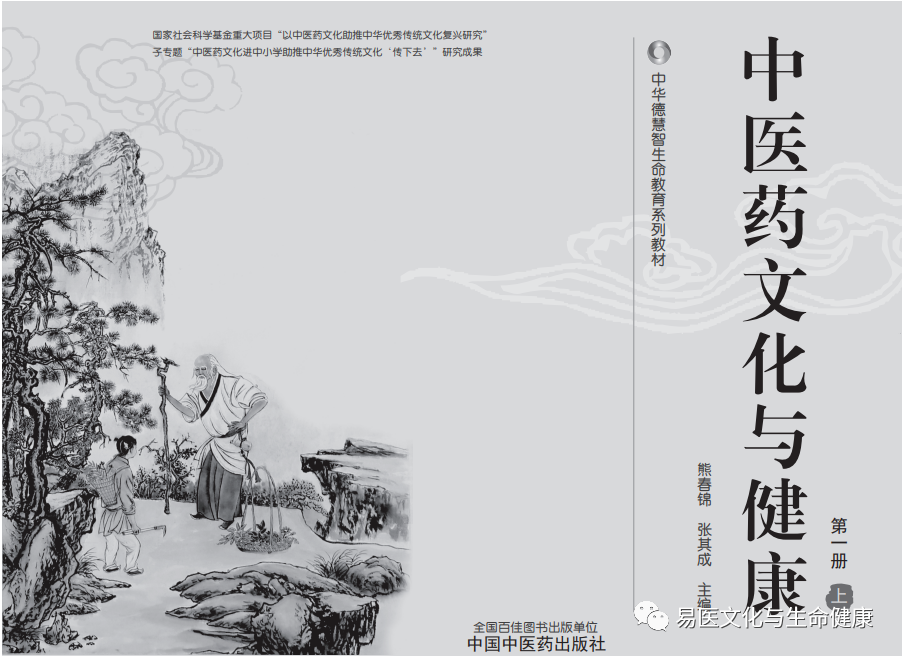
Lesson 20: Pulse Diagnosis
Qie Zhen (切诊), one of the “Four Examinations” in Traditional Chinese Medicine (TCM), is a diagnostic method where the physician uses their hands to palpate the patient’s pulse and other areas to understand the condition and differentiate the disease patterns. Qie Zhen is divided into Mai Zhen (脉诊) and An Zhen (按诊). Mai Zhen, also known as “Qie Mai” (切脉), refers to what is commonly known as “taking the pulse.”
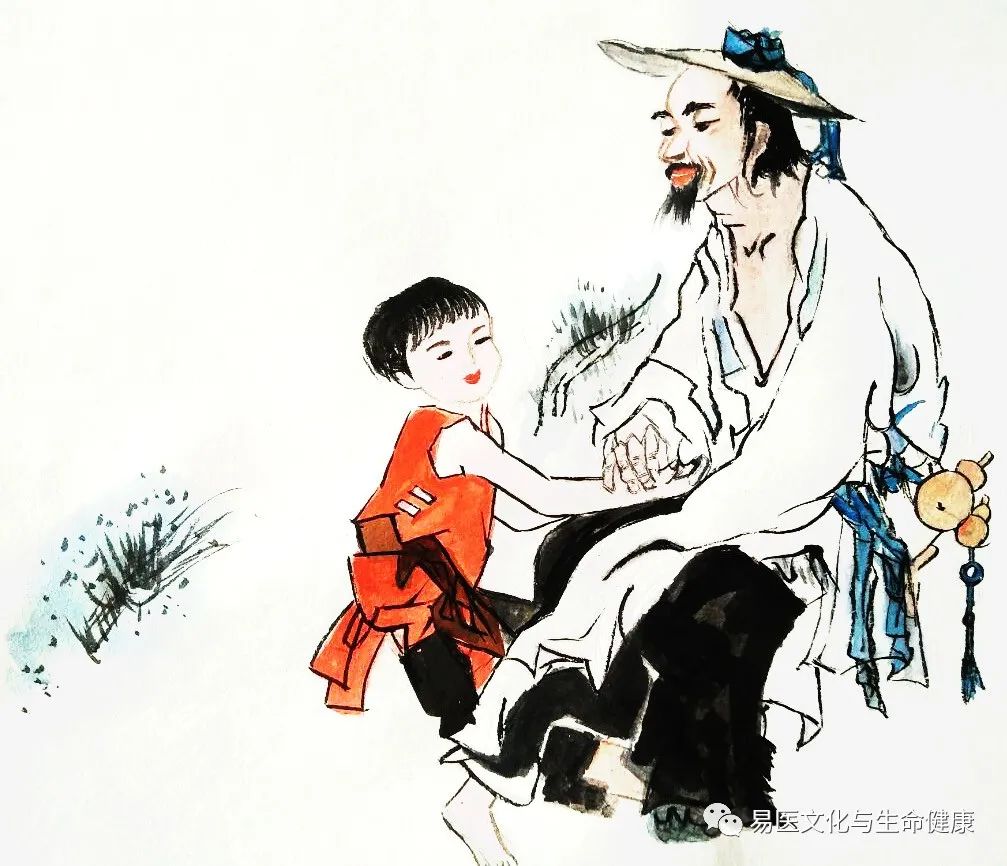
During Mai Zhen, it is essential to accurately grasp the three positions at the cun (寸), guan (关), and chi (尺) regions of the wrist. The physician’s index, middle, and ring fingers are placed in a bow shape on the patient’s cun, guan, and chi positions to palpate the pulse.
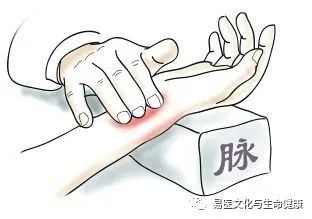
An Zhen (按诊) is a method where the physician uses their hands to touch or press the patient’s skin, limbs, chest, abdomen, meridians, and acupoints to diagnose the condition. The Huangdi Neijing (《黄帝内经·脉要精微论》) states: “The subtlety lies in the pulse, which must not be overlooked,” highlighting the importance of Qie Zhen. For example, tall individuals have long pulses, while shorter individuals have short pulses; thin individuals have floating pulses, while obese individuals have deep pulses. Anger harms the liver, resulting in a taut pulse; prolonged conditions lead to a thin taut pulse. Shock causes chaotic qi, resulting in an irregular pulse.
In fact, when a patient comes for treatment, their voice, movements, complexion, and gaze have already been noted by the physician, which is the preliminary “Wen Zhen” (闻诊) and “Wang Zhen” (望诊).
Once the patient is seated, the physician begins to communicate with them, which is known as “Wen Zhen” (问诊). As the patient’s emotions and breathing gradually stabilize, the physician will take their pulse and further examine their eyes, tongue, and spirit.
A skilled TCM practitioner, while utilizing the “Four Examinations,” will also consider the patient’s living environment, the time of consultation, and seasonal factors. This is because human health is interconnected with the changes in nature, reflecting the ancient concept of “Tian Ren He Yi” (天人合一) in daily life.
 Read
Read
Diagnosis is often performed at dawn when the yin energy has not yet moved, the yang energy has not yet dispersed, food has not been ingested, the meridians are not yet full, the collateral vessels are balanced, and the qi and blood are not yet chaotic, thus allowing for the diagnosis of the pulse.
—— Huangdi Neijing (《黄帝内经·脉要精微论》)
 PracticeThe positions of the cun, guan, and chi on our left and right hands correspond to each other.Carefully observe the diagram below, and students should connect the organs in the diagram to the corresponding positions of the cun, guan, and chi on their left and right hands, and find them on their own wrists.
PracticeThe positions of the cun, guan, and chi on our left and right hands correspond to each other.Carefully observe the diagram below, and students should connect the organs in the diagram to the corresponding positions of the cun, guan, and chi on their left and right hands, and find them on their own wrists.
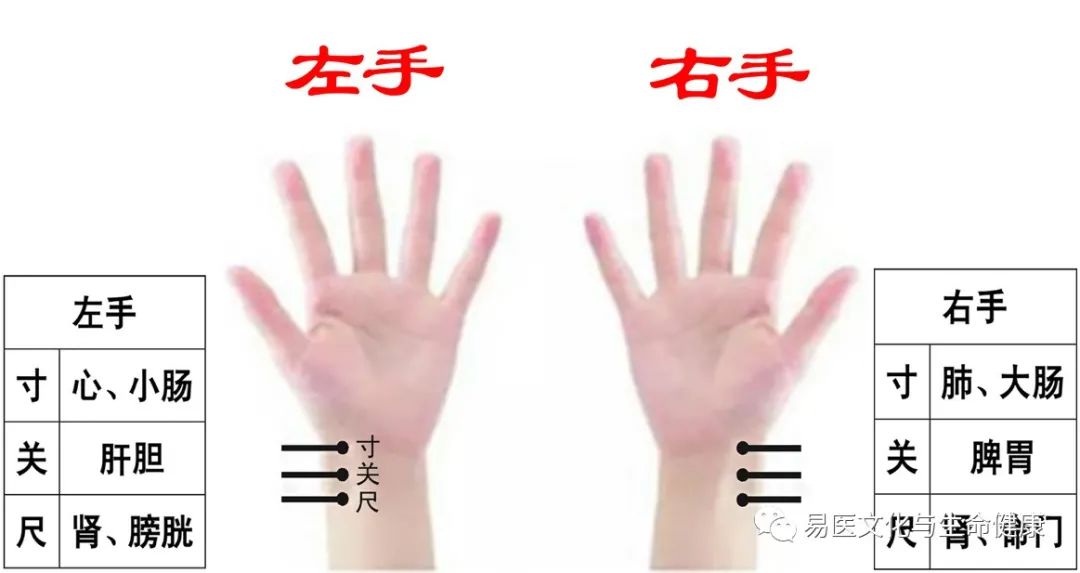
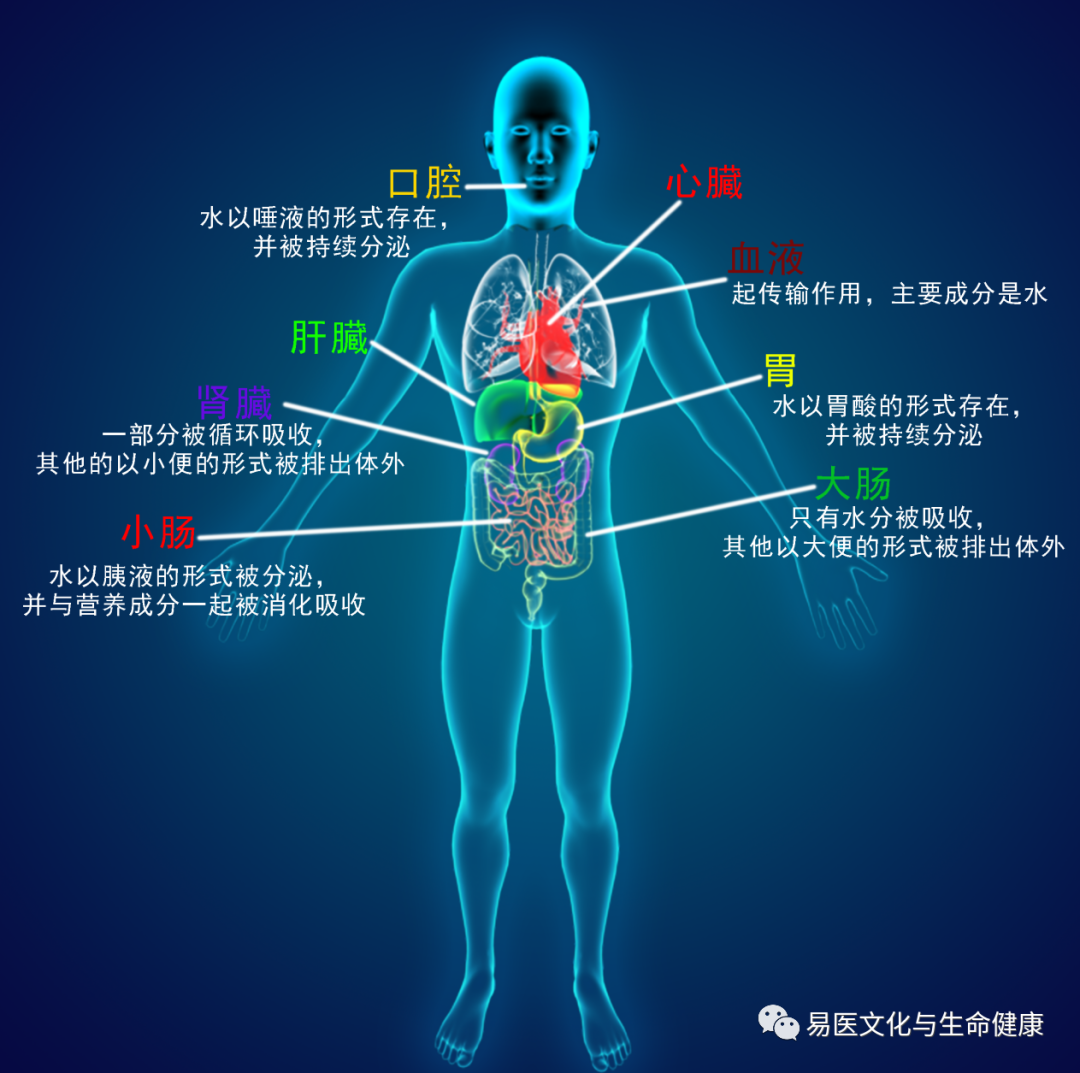
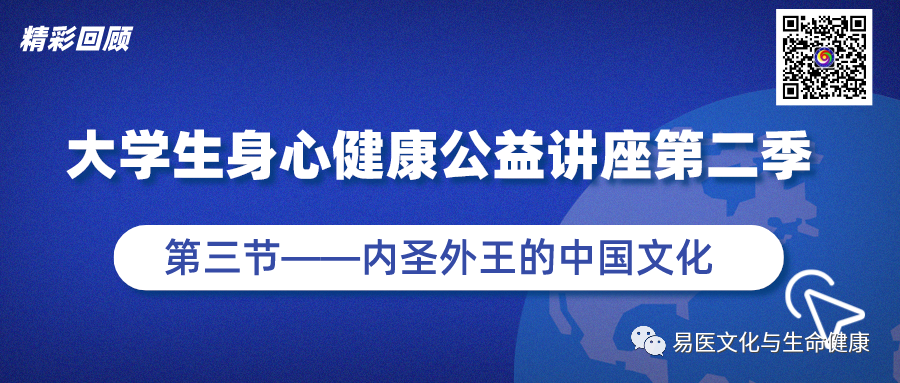

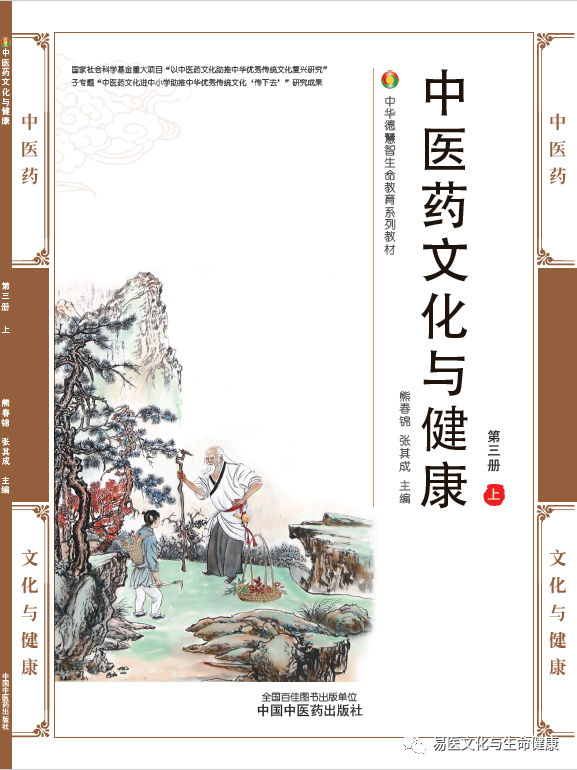
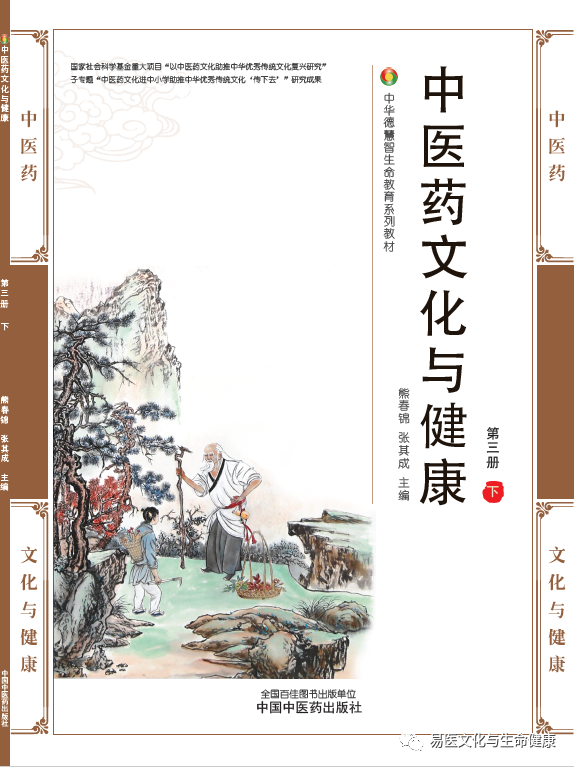
(Click to read the original text)
Note: The content of this article is copyrighted. Please do not reproduce, excerpt, copy, or create mirrors without authorization. Legal responsibility will be pursued for violations.
